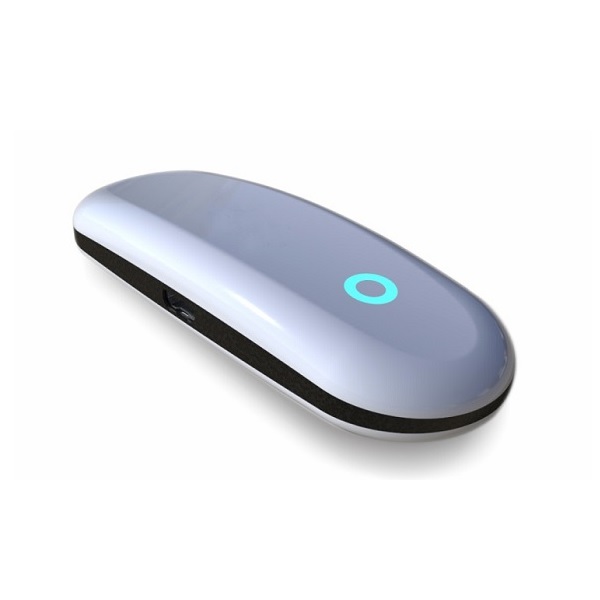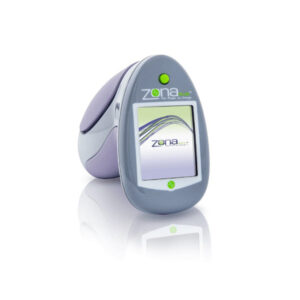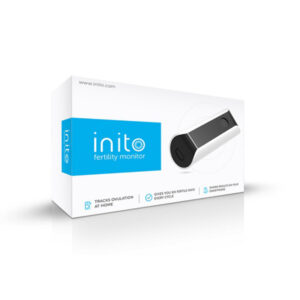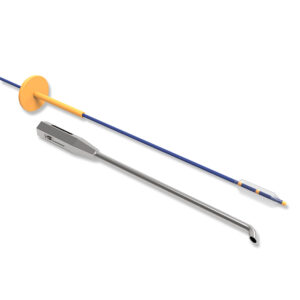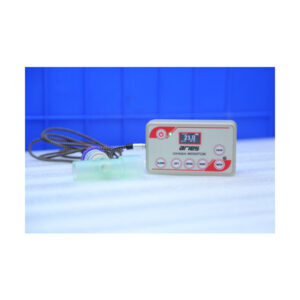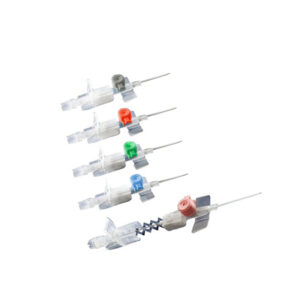Biocalculus
MPIN: MP47326
Sign in to view priceA deep neural network to identify irregular cardiac rhythms from single lead ECG signals at a significant performance and diagnostic yield is being developed which can reduce the load of cardiologists.
Ask for Quote

What makes Biocalculus different?

Patient Convenience
Light weight, no-wires, patient-friendly design increases comfort, potentially improving compliance.

Patient Convenience
Light weight, no-wires, patient-friendly design increases comfort, potentially improving compliance.

Superior Rhythmic Software
Our AI powered rhythmic software provides the most accurate signal detection which yield clinically actionable data

Long Term Monitoring
Flexible wear time provides insight into longer period of cardiac activity

Detailed web dashboard
Intuitive web dashboard provides simple and informative data presentation format allows quick assessment of patient.

Comprehensive reports
3 layered cross verified reports provide all inclusive details in a concise format without missing critical information.

Low Cost
Flexible Pay per use plans gives cost effectiveness.

Support
Our trained experts is available 24/7 for help
Parameters which Biocalculus Measures

ECG Pattern
A normal ECG consists of a P wave, QRS complex and a T wave. P wave is upright. Apart from this, PR interval, ST segment and QT interval are also featured.

Heart Rate
Normal heart rate ranges between 60 beats per minute to 100 beats per minute

Activity
Biocalculus can auto detect and classify the intensity of your activity as low,moderate and high

Triggered Event
Biocalculus lets the user record his symptoms in diary notes whenever he feels sick by means of its feature named ‘Triggered event
Detects:
- Normal Sinus Rhythm.
- Tachycardia/ Bradycardia.
- Atrial fibrillation.
- Atrial Flutter.
- Premature Ventricular contraction.
- Premature Atrial contraction.
- Pause.
- Cardiac Heart Block.
Intended for:
- Patients with infrequent symptoms
- Patients with intermittent chest pain
- Suspected asymptomatic patients
- Post-stroke monitoring
- Post-procedure monitoring

ECG is the quickest and significant method identified to study one’s heart condition. It has also been recognized as one of the most accurate methods.
A deep neural network to identify irregular cardiac rhythms from single lead ECG signals at a significant performance and diagnostic yield is being developed which can reduce the load of cardiologists. Our neural network can identify up to 7 arrhythmias along with sinus rhythm. It is correlated to with clinically validated reports to enhance the output.
The network developed is a convolutional ANN which takes raw ECG signals as input that are sampled at a frequency of 250 Hz (250 samples per second). The network takes only ECG signals as input that are pre processed before fed to the network. This architecture contains 4 layers. The dataset contains over a lakh of patients > 18 years of age from various demographic ratios, whose cardiac rhythms have been obtained using Biocalculus.

Connectivity
- USB – Version 2.0
- BLE(Bluetooth Low Energy) – Bluetooth 5v.
Performance Characteristics
- ECG Channel – Single Channel
- Input Dynamic Range – 10mV Peak-to-Peak.
- On Board Memory – 4GB
- Memory Type – EEPROM.
- Shelf Life – Estimated 1Years
Circuitry Characteristics
- Frequency Response – 0.5Hz to 40Hz
- CMRR – 76dB
- Input Impedance – >100MOhm
- Differential Range – +/-5mV.
- A/D Sampling Rate – 256/512 Samples/second
- Resolution – 16bit
- DC Offset Correction – +/-300mV
Physical Characteristics
- Dimension – 74×28×10MM
- Weight – 20gm Inculding Battery
Power Requirements
- Battery Type – Rechargeable Lithium-Polymer Battery
- Battery Life – Continuous usage up to 4 days in a single charge
- Battery Capacity – 300mAhv
- Battery Charger Power Requirement – 100-240,50/60Hz,5WVAV
- Battery Voltage – 3.7 Volts
Environmental Specification
- Operational Temperature – +10 to +45 degrees C
- Operational Humidity – 10% to 95%(non condensing)
- Storage Temperature – -20 to +60 degrees C
- Storage Humidity – 10% to 95%(non condensing)
Shipping Policy
Orders made at Medpick are initiated and processed for shipment upon receipt of request from the customer. Please note that our Shipping Services (Fee, Transportation, Loss or Damage of any shipment, etc.) are in accordance with the Seller\'s terms of Shipment.
Refund Policy
Please refer to Medpick Return Policy.
Cancellation / Return / Exchange Policy
Please refer to Medpick Return Policy.
 REGISTER
REGISTER
 SIGN IN
SIGN IN

